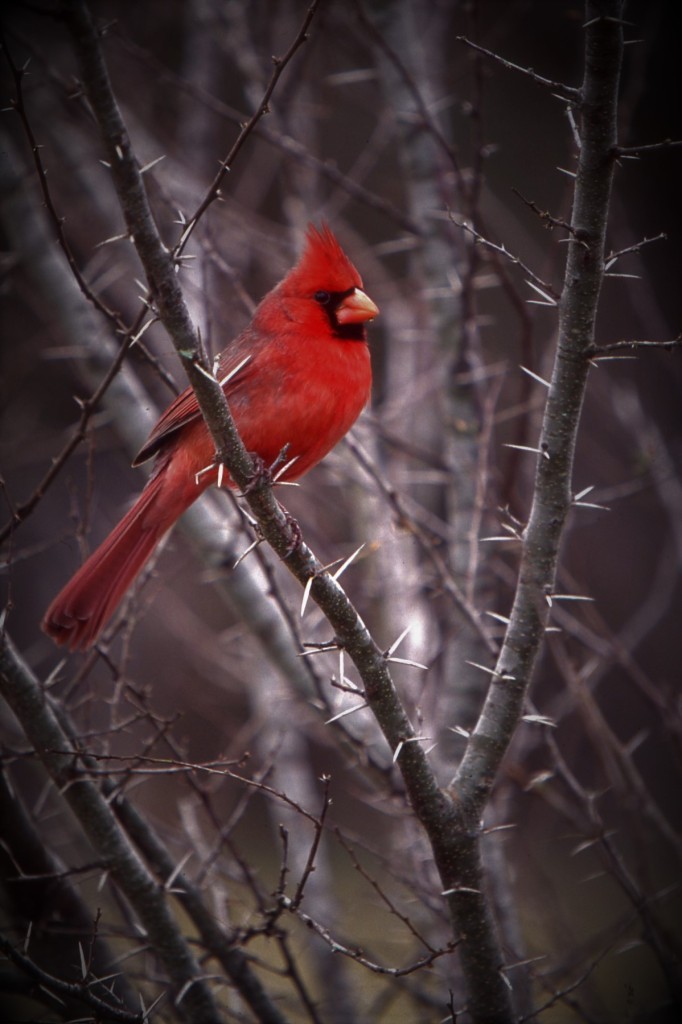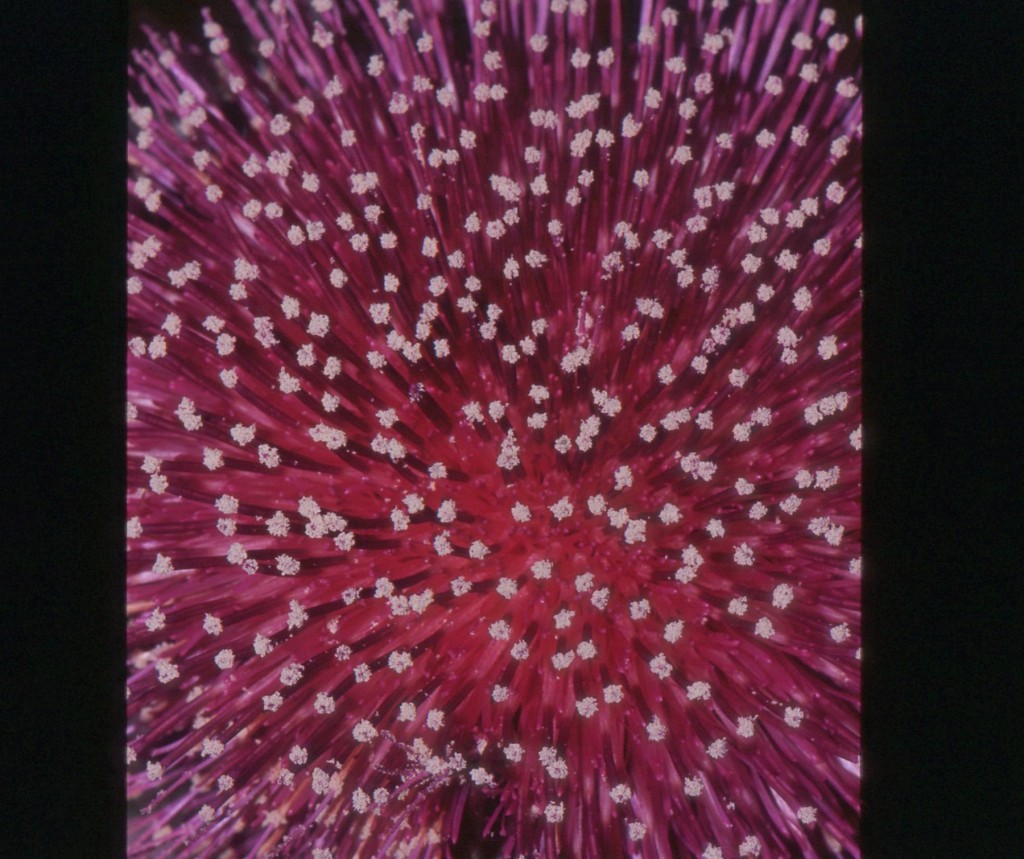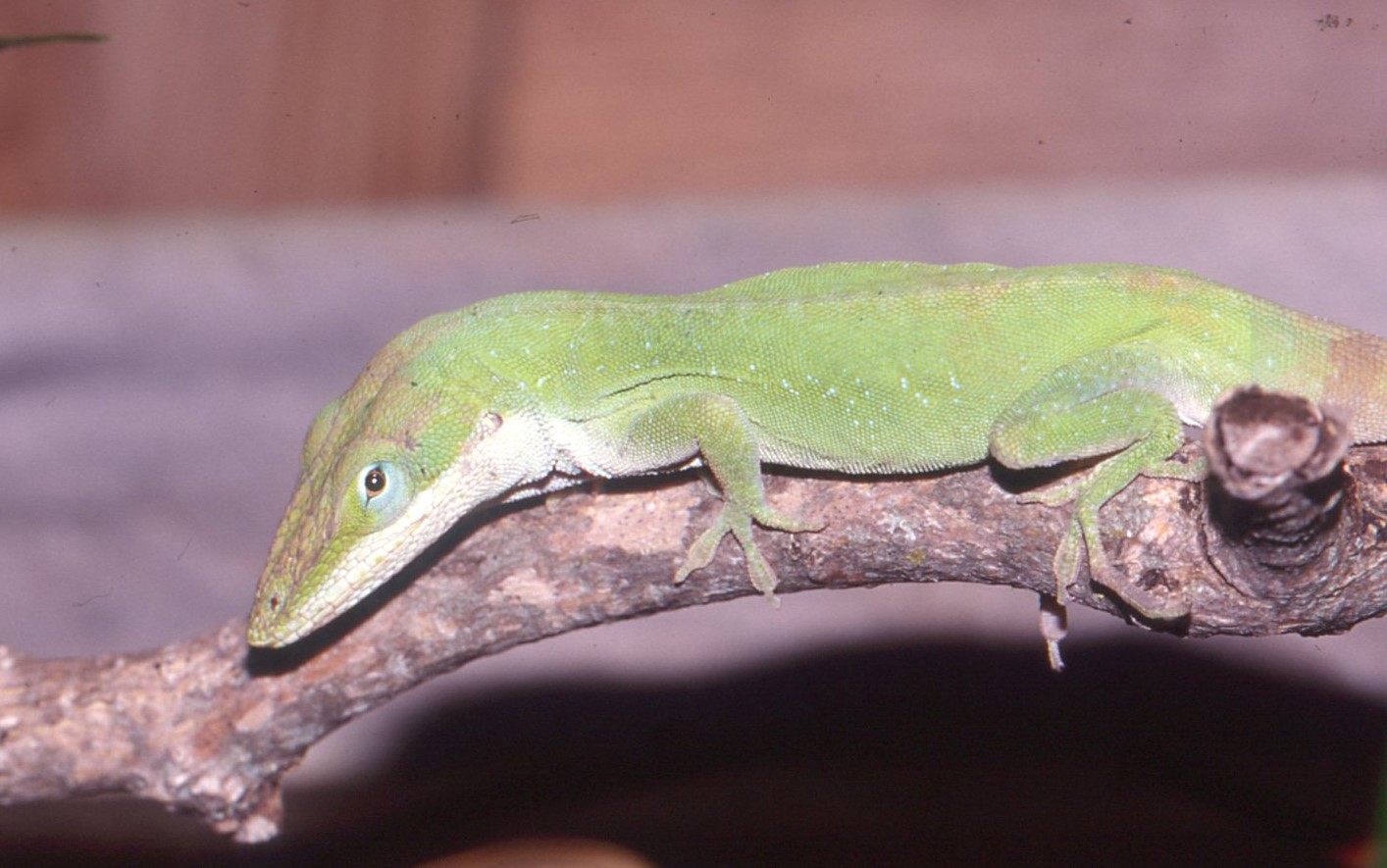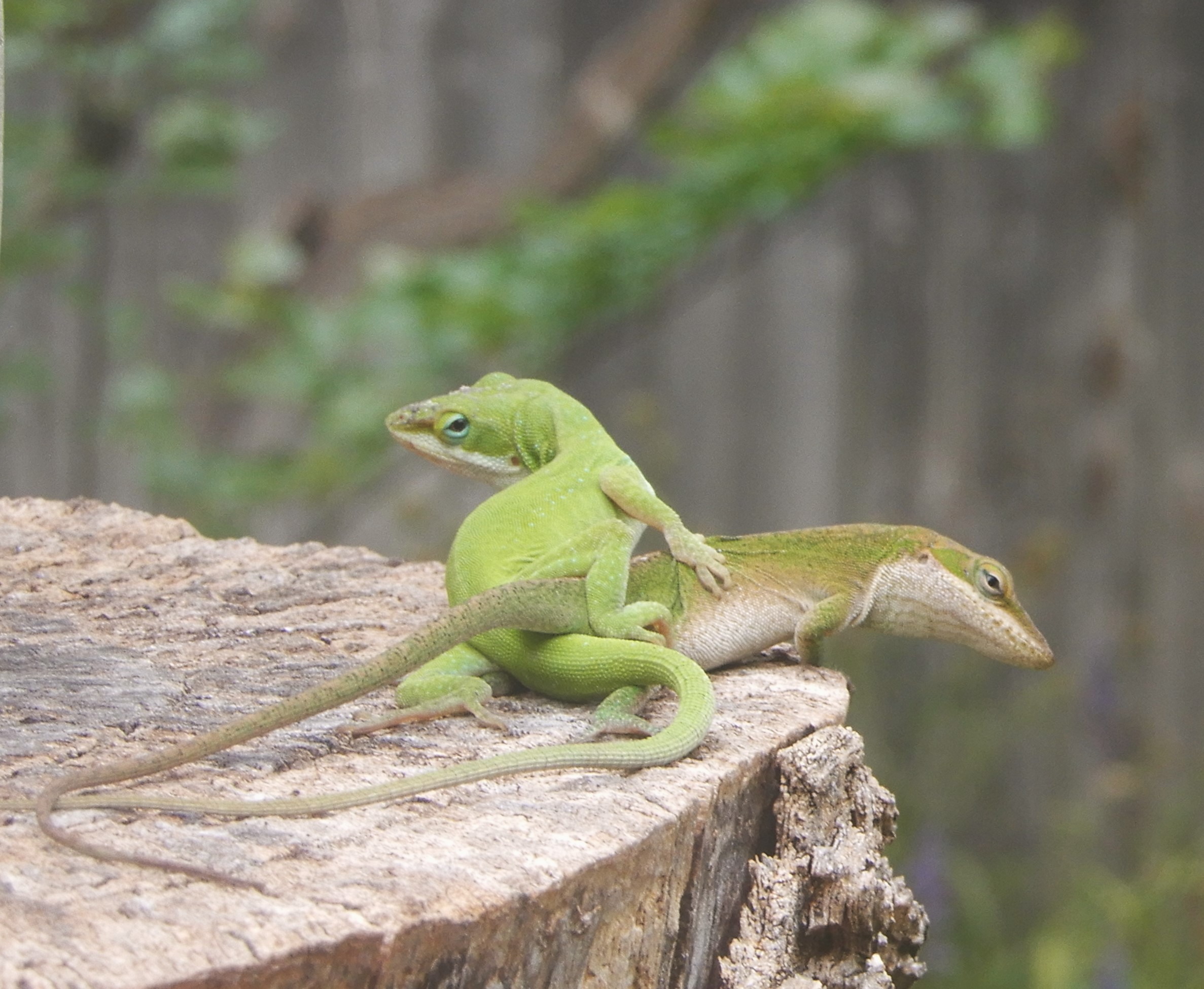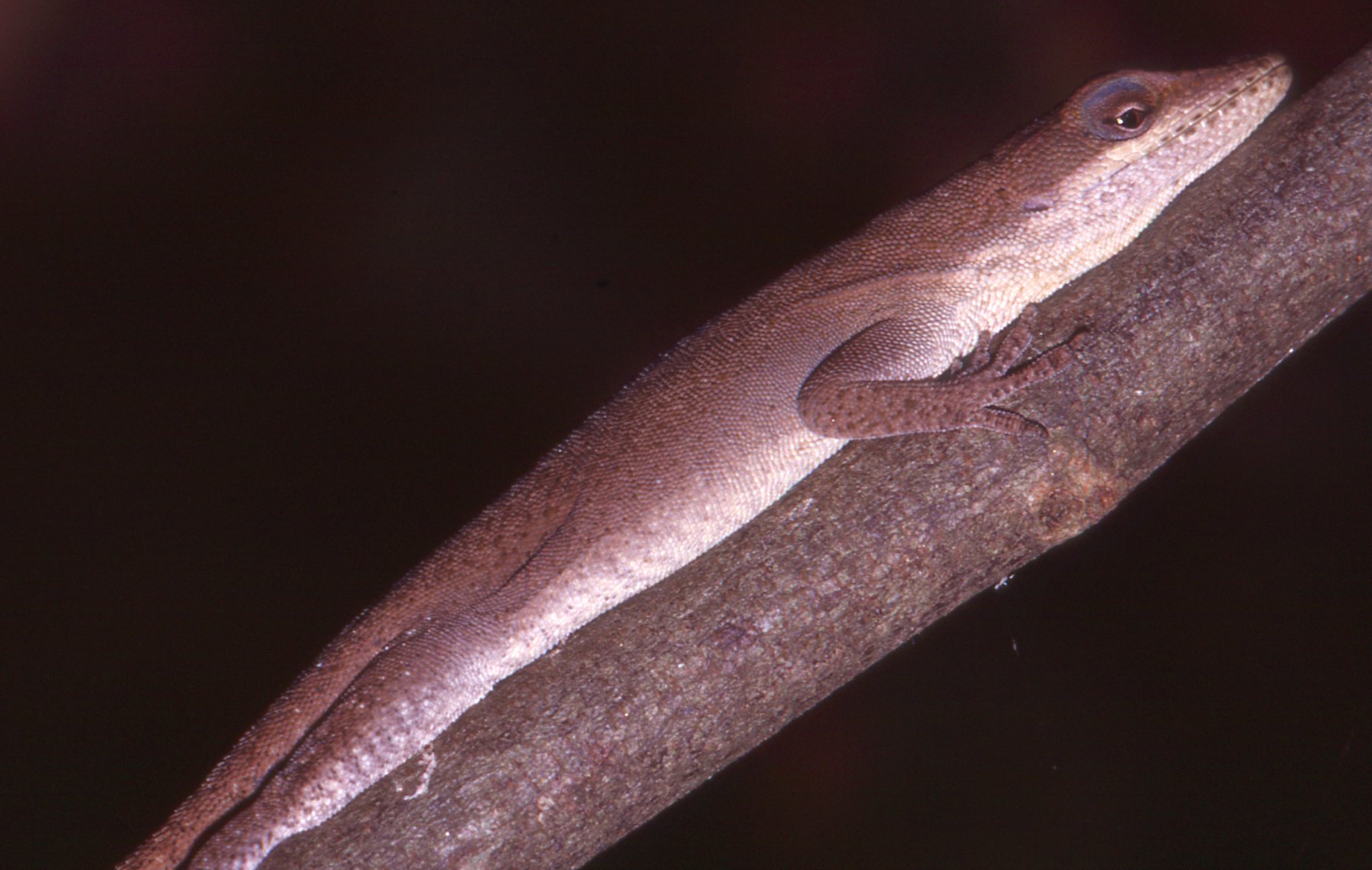In January 2019 I posted my first blog piece, “A Closer Look”, in which I talked about how looking closer at things can reveal so much. I gave the example of how beautiful Cedar Waxwings are up close and used this photo:

In my blog piece last month (“Tree Peace”) I showed photos of various trees, some decorated and some winter bare. The bare one is the huge Burr Oak in my back yard. Siting on the back porch at dusk watching the last rays of the sun as they illuminate the branches gets me out of my worries about the world and brings me peace.
Over the two years I have posted these blog pieces I often spend more time worrying about what to write about than actually writing. I was contemplating writing about several different subjects, but nothing was really speaking to me. I kept thinking about our country’s current problems with political division and the ongoing pandemic/lack of vaccine. I pressure myself to write about them. But, so many others are writing some thoughtful and often brilliant pieces. I don’t know that I have anything better to add. I know so many people are agitated and afraid right now, me included.
So, yesterday evening, to escape my worries, I chose to sit outside and bird watch. Had the usual White Winged Doves and Cardinals. I even saw a Hermit Thrush take a bath in our shallow pond. I could hear the laughter of Robins once in a while and the sweet whistles of the many flocks of Cedar Waxwings in nearby yards. And then:
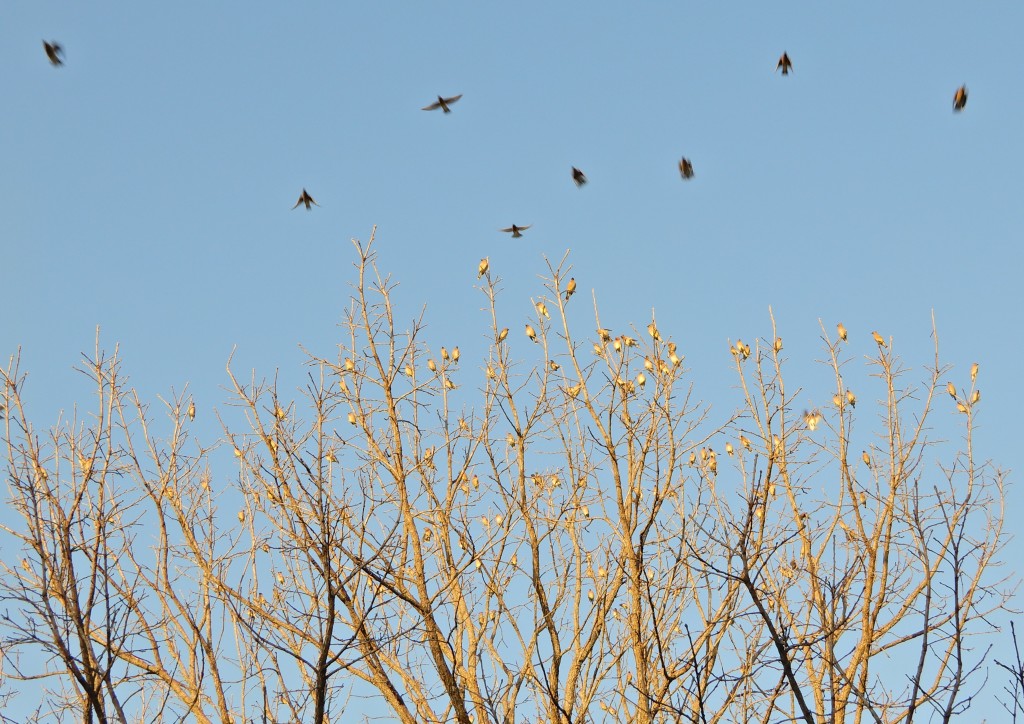
The Cedar Waxwings decided to hang out in my back yard tree. They came in one by one. Some would leave and others fly in to replace them.

Some sat like sentinels while others preened themselves. All seemed to stay in the sunny branches as the shadows grew on the lower branches. I saw one gently put its beak to another’s, like a kiss. There was constant movement and sweet whistling noises. Other flocks of Cedar waxwings were flying over, as were flocks of Robins. All were heading west into the setting sun. Watching them was mesmerizing.

Sometimes it is better to look at things from afar. The birds reminded me of little golden balls, like ornaments. I see in them the beauty of a large, peaceful, cooperative group. I am thankful for this magical gift of nature that swept me away for a while, and I love witnessing the cycling of the seasons once again. I feel the connection to January 2019, although that seems so long ago. I wonder if any of these birds came to our tree two years ago? As the sun continued to lower in the sky, the birds began to leave the tree. Afterwards, the only evidence they had been there were numerous purple bird droppings left on the cover of our outdoor grill.
(photos by Betty McCreary)








